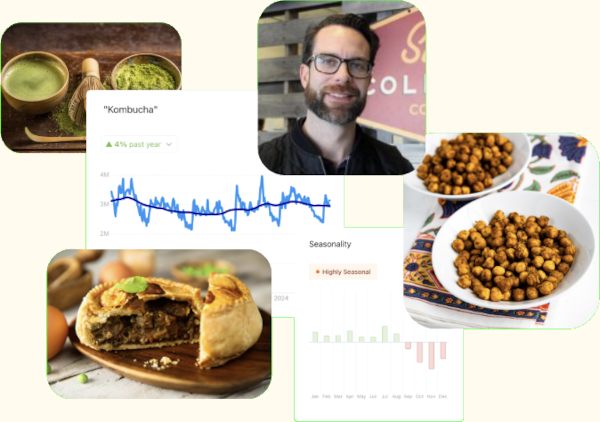Category Analysis - Candy & Chocolate

Overview of the Candy & Chocolate Industry
The candy and chocolate industry is as sweet as it sounds, offering a vast array of confections that are not only enjoyed by millions but evolve rapidly to meet changing consumer preferences. With roots tracing back thousands of years, it has morphed from a luxury enjoyed by the elite to a staple in the pantry of working-class families. Today, this global market, valued at over $200 billion, is projected to grow at an annual rate of approximately 5% through the next decade, reflecting both resilience and an unwavering appetite for sugary delights.
Major segments encompass chocolate bars, gummies, hard candies, and seasonal products such as Easter eggs and Halloween treats. The industry's diverse offerings cater to varied tastes, making it a significant player in not only the food industry but also in sectors like hospitality and retail.
Recent Trends and Changes
In recent years, the industry has seen a seismic shift in demand, propelled largely by health consciousness among consumers. As diets evolve, so has the candy and chocolate landscape, with an increasing number of brands introducing sugar-free, organic, and vegan options. The emergence of artisanal chocolates and gourmet brands adds a touch of marital flair, as they entice consumers with high-quality ingredients and innovative flavours.
To illustrate, companies like Hotel Chocolat and Lindt have successfully catered to this burgeoning trend, focusing on premium products and sustainability. On the other end of the spectrum, brands such as Wrigley have introduced lower-cost options, maintaining their market share amid tightening household budgets.
The Economics of the Industry
The economics of the candy and chocolate sector are as rich as the confections produced. With competition proliferating, both established players and new entrants are vying for consumer loyalty, translating to a market that is dynamic and rife with opportunity. According to a report by Statista, the market size is projected to surpass $300 billion in North America alone by 2026.
Moreover, external factors such as cocoa prices, fluctuations in sugar cost, and raw material availability have a direct impact on the industry's profitability. Despite challenges such as inflationary pressures and supply chain disruptions, the trend towards premiumisation suggests that shoppers are increasingly willing to spend more for perceived quality.
Growth and Contraction
As with most industries, the candy and chocolate market experienced a contraction during the initial phases of the pandemic. With lockdowns in place, consumer behaviour shifted markedly; however, this contraction was short-lived. As restrictions eased, a rebound in sales was notably pronounced in the confectionery sector, as consumers sought comfort in familiar treats.
The growth of e-commerce has further propelled this market, allowing brands such as Candy.co.uk to tap into broader demographics and meet demand for convenience. This blending of digital and physical retail is predicted to become even more crucial as the industry looks to adapt to a rapidly changing marketplace.
Major Players in the Candy & Chocolate Arena
The competitive landscape is notably diverse, with a few heavyweights that dominate the space. Notable companies include:
- Cadbury, a staple in the UK chocolate scene, renowned for its Dairy Milk bars.
- Mars, Incorporated, which boasts an impressive portfolio of candies such as Snickers and M&M's.
- Nestlé, a global giant with a vast selection of confectionery, dairy, and beverages.
- Ferrero, known for iconic products such as Nutella and Ferrero Rocher.
These organisations are not merely competitors; they are also innovators, investing heavily in research and development to stay ahead of changing consumer preferences. They are often the first to market with new flavours and ingredients that shape what the average consumer expects from their sweets.
Conclusion
Ultimately, the candy and chocolate industry is a vibrant and crucial component of the global economy, delighting consumers while adapting to the ever-evolving landscape of preferences and purchasing power. With the dual pressures of health consciousness and economic variability steering the course, staying innovative has never been more essential.
As we move into 2024 and beyond, it would be wise for companies within this sector to remain acutely aware of consumer desires – a sentiment echoed through the ages: a little sweetness goes a long way, but only if it aligns with the evolving tastes of the populace.
Example Products in this Category:
Brands in this Category:
| Name | Story | Brand Categories | |
|---|---|---|---|
| Name | Story | Brand Categories | |
| Soko Market | Soko Market is committed to supporting women coffee growers in Burundi and providing high-quality East African products while ensuring fair compensation for the growers. The brand aims to cut out middlemen and share savings with consumers, thereby creating a sustainable and ethical supply chain. | Jewelry,Apparel,Coffee,Beverages,Condiments,Candy & Chocolate,Gift Boxes |

























